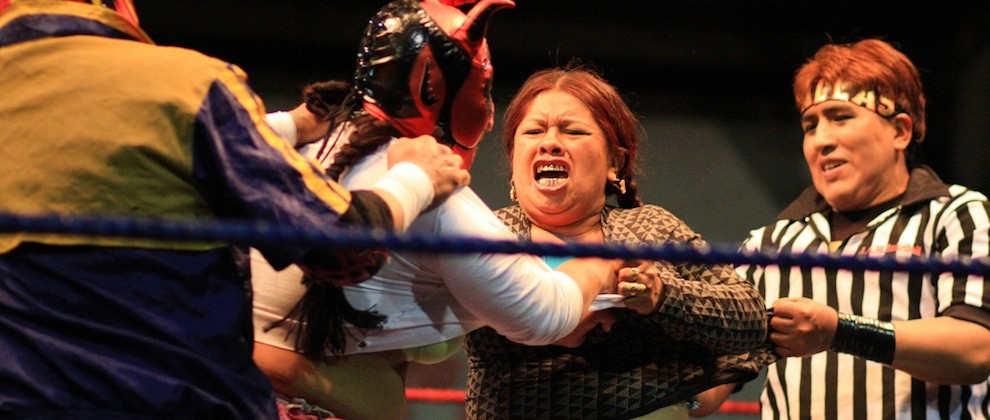
She was the ultimate First Lady.
She secured the vote for the women of her country in 1947 and was feted as a saint after her tragic death from cancer at the age of just 33. The woman in question?
Eva Maria Duarte de Peron, better known as ‘Evita’.
Back in the headlines with a new production of the eponymous musical opening on June 2 at the Adelphi Theatre in London’s West End, the show features lyrics by Tim Rice and music by Andrew Lloyd Webber and stars Argentine musical star Elena Roger in the starring role.
In her home city of Buenos Aires the legacy of Evita lives on with her face adorning monuments and her name evoking displays of devotion and vitriol in equal measure.
City guide
I joined a tour, arranged through Destino Argentina, to learn more about this special lady. A two-and-a-half hour jaunt, it’s a great way to get your orientation of the city as you can either hire a private guide, or do it independently by taxi or public transport.
I opted for the latter and started in the city’s western Palmero district at the Eva Peron Museum, which tells her life story through a series of exhibits and video montages.
A former shelter for homeless women and children, as bought by the Eva Peron Social Aid Foundation in 1948, it was shut down after the 1955 military coup, declared a national historic site in 1998 and reopened in 2002 as a museum and Eva Peron Historical Investigation Foundation, managed today by her grandniece, Cristina Alvarez Rodriguez.
The museum is split between two sections; a permanent exhibition of her life, and temporary exhibitions focusing on the political and social evolution of Argentina in the era of Evita. Video screens show some of her most rousing speeches while her huge collection of gowns, shoes and accessories is on permanent display.
Heading east along Avenida del Libertador, I follow the wide, European-style boulevards towards the downtown district known as the ‘microcentro’, the high-rise buildings bringing a modernist touch to the cityscape and well-dressed locals adding a hint of big-city bustle en route.
Plaza Ruben Dario is a small grassy park where Eva’s statue, crafted by Argentine sculptor Ricardo Gianetti, peers out across the Recoleta district. She and her husband, President Juan Domingo Peron, had a summer residence close by.
Private box
Jumping in a taxi, I headed along the city’s main thoroughfare to the Colon Theatre, where Evita had a permanently reserved seat in the presidential box.
Dating from 1908, it remains the most important classical music venue in South America and has hosted Richard Strauss, Rudolf Nureyev and Placido Domingo during its illustrious history.
Today there are guided tours on weekdays, visiting the two upper floors and three basements with access to the auditorium, white hall and golden room. The interior remains as impressive as ever with an opulent feel and two giant marble lions add a decorative flourish to the faded charm.
Passing the obelisk monument at the heart of the city, I weave through the backstreets, past colourful shops, al fresco cafés and modern hotels to Plaza de Mayo, where the façade of the Casa Rosada (Pink House) dominates the square.
This iconic symbol of Peron-era Buenos Aires was the location for some of her most memorable and moving speeches, her fist raised and her hair tied back in a strict bun.
This is where the citizens gathered to pay their respects amid a giant outpouring of national grief after her death.
The presidential offices are still housed here but, given their now rather stuffy atmosphere and faded charm, the president prefers to make the smart suburb of Olivos his home.
Resting place
Mid afternoon and another short taxi ride takes me into the heart of the city’s refined La Recoleta district and the Alvear Palace Hotel, a grand old building with a stately feel and chic location. This is where Eva would take afternoon tea and, even today, is where the beautiful people hang out in the Winter Garden lounge from 4pm.
Nearby is the Recoleta Cemetery, Evita’s final resting place. The first public cemetery in Buenos Aires, founded in 1822, it’s home to 4,800 vaults laid in traditional Latin American style with tombs built high and slots allocated in communal walls.
The cream of Buenos Aires society has been laid to rest here; politicians, statesmen and writers included, such as the writer Victoria Ocampos, the former president Domingo Sarmiento and the author of the words to the national anthem, Vicente Lopez y Planes.
Evita’s embalmed body was smuggled into the Duarte family vault, among the marble angels and black granite, under cover of darkness in 1974. Free guided tours run on Tuesday and Thursday mornings and her tomb is located on the left as you enter – just look for the flowers and hordes of tourists.
Evita died on July 26, 1952, having rejected the role of vice president one year previously.
Loved by the poor and loathed by upper classes, her legacy lives on amid the hustle and bustle of the city.
She arrived a struggling actress and died the wife of the president.
* This story was first published by the Daily Express in 2006. Liked this? Try this: In the footsteps of Che Guevara in Bolivia.
Post your comments below.



 [Photo via VisitScotland.com]
[Photo via VisitScotland.com]